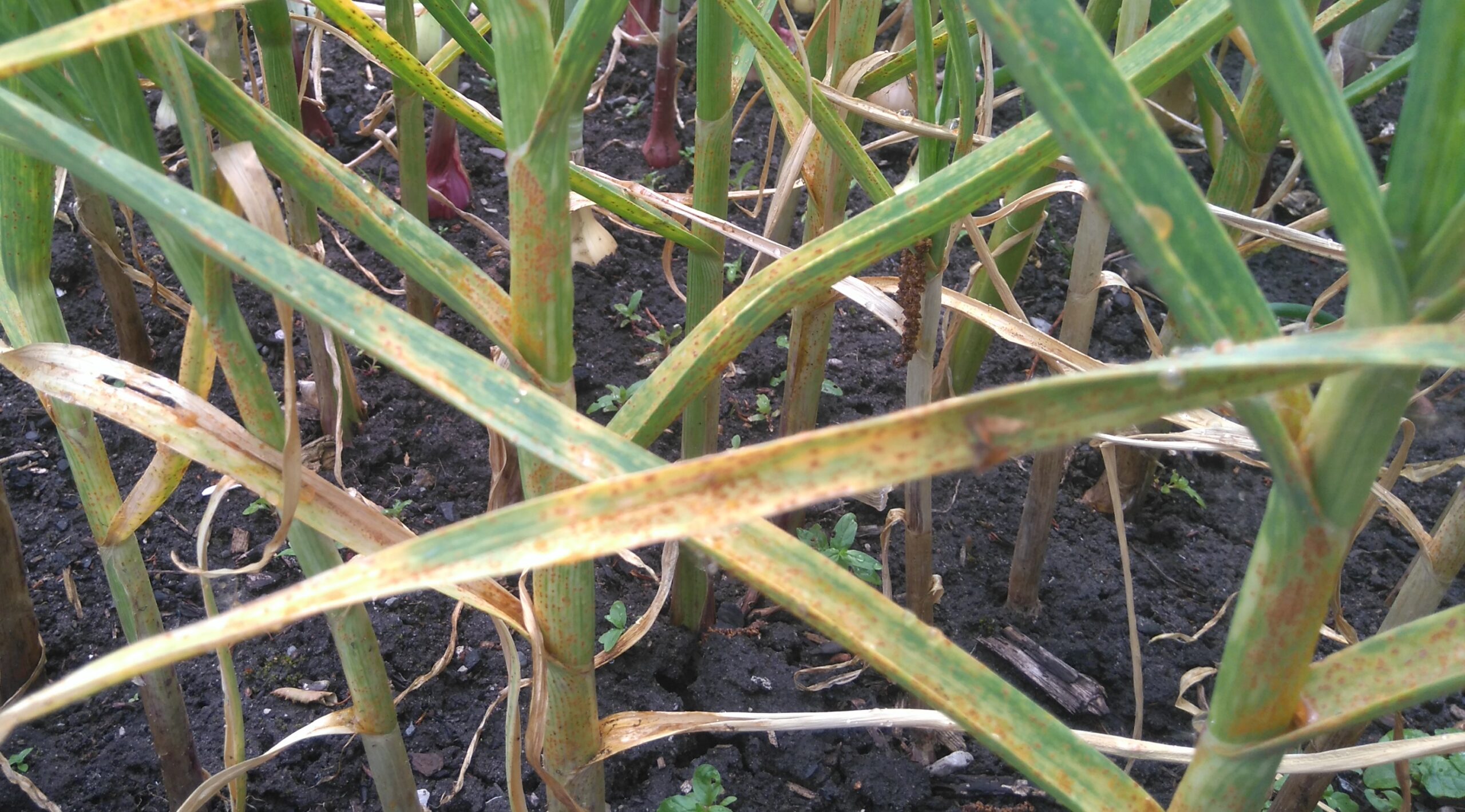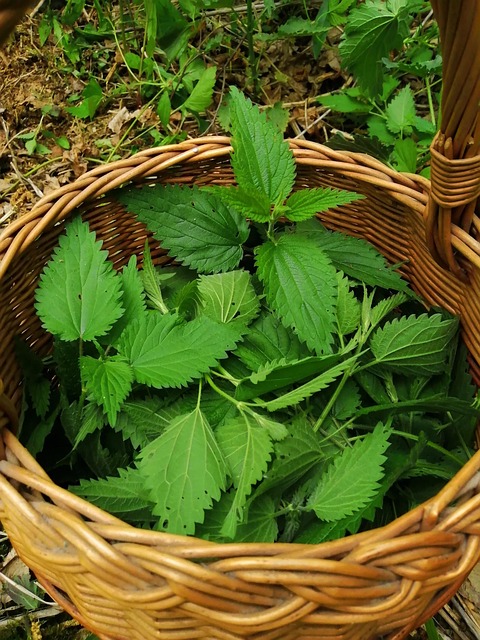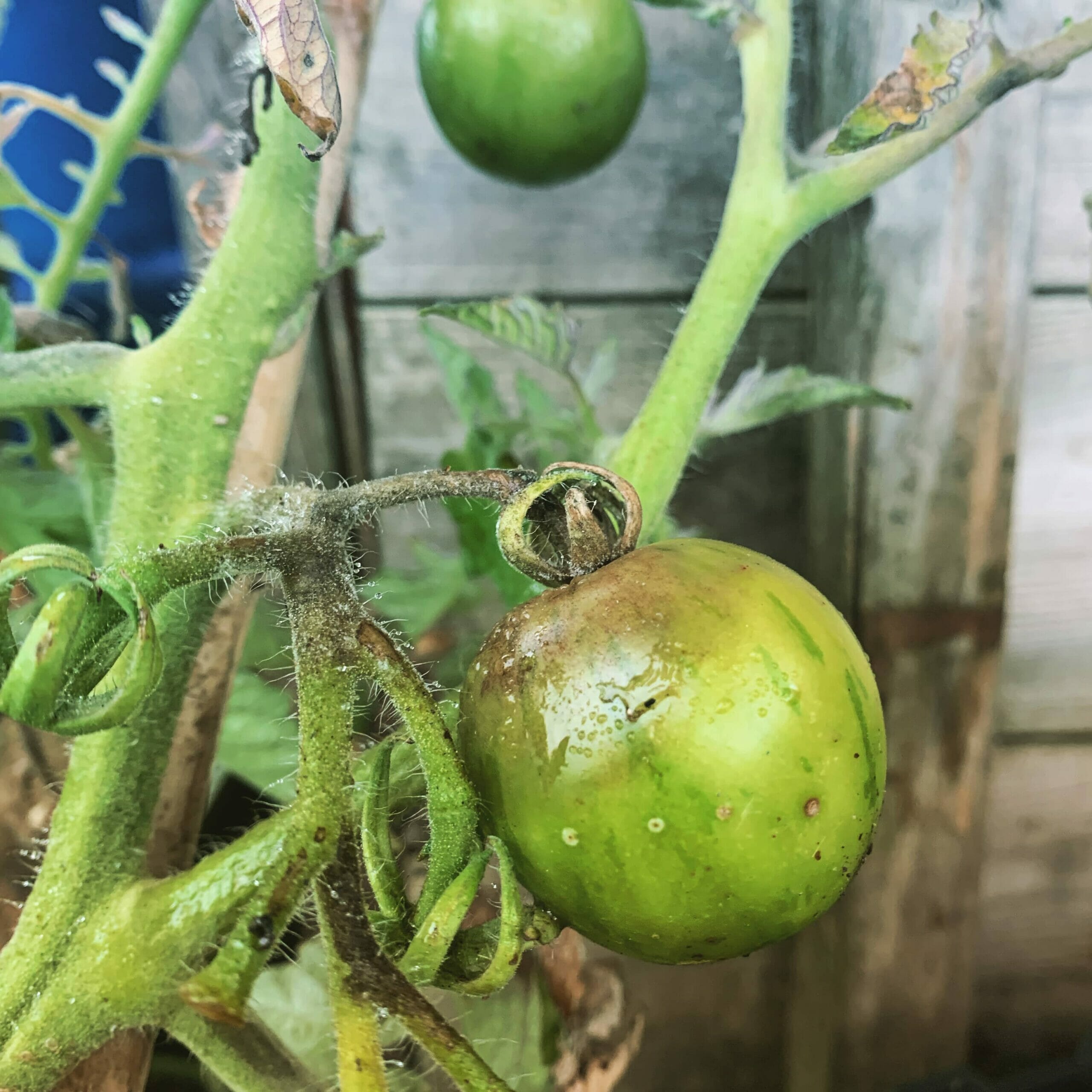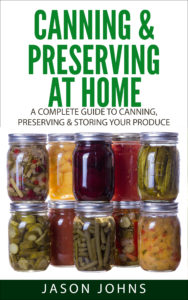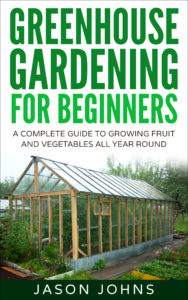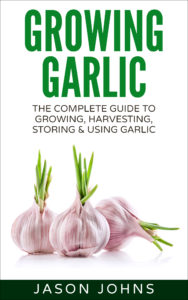Broad Bean Growing Guide
Broad beans, Vicia faba, are a popular crop with vegetable gardeners as the young beans are particularly sweet. Sow in the autumn to harvest from May or sow late winter/early spring for summer harvests. There are dwarf varieties which grow well in containers or small spaces. One advantage of broad beans (known as fava beans in America) is that they produce a high yield from a small area. Home-grown beans taste much better than those bought in stores and can be frozen for use throughout the year. I like them because they are a good overwinter crop and the roots fix nitrogen into the soil to help replenish it. They are a very good source of nutrients and really a secret super food, see this article for more information.
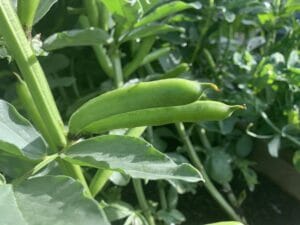
At a Glance Facts

Sowing and Planting
Sow seeds 2”/5cm deep and 8”/20cm apart. Dwarf varieties can be sown 6”/15cm apart. Sow in double rows with 8”/20cm between rows. If you are sowing more than two rows, the second double row should be 2 feet/60cm away from the first row. Sow a few extra seeds at the end of each row just in case some don’t germinate.
Seeds are sown direct in March and April, though in February they can be sown in pots in a greenhouse or under cloches. Autumn sown plants will survive the winter, but it is worth covering the plants if it gets very cold. If growing over winter, make sure you buy one of the varieties that is hardy such as Aquadulce Caludia otherwise the cold could kill the plant. When sowing in early spring, cover the ground with cloches before sowing to warm the soil so the seeds can germinate successfully.
I usually sow a crop of Aquadulce Caludia in the autumn and then start more off in pots in February. I then sow more in March and more in April so I have a continuous crop throughout the summer rather than a glut.
Plant Care
Water well once planted and keep watering in dry spells. Be careful to water at the base of the plant so the pods and leaves do not get too wet. Keep the weeds down around the plants and watch out for taller plants bending or snapping in windy weather.
Keep the weeds down around the plants to remove a potential habitat for pests and competition for resources.
If you are sowing in your greenhouse, remember to harden the plants off before planting out.
Pests and Problems
Mice find bean seeds a tasty treat and will often dig them up before the can germinate. If mice are a problem, start the beans off in a greenhouse or cover if sowing direct. Even in a greenhouse mice can get to the seeds, so covering the seeds will prevent the mice feasting on your seeds.
Aphids, particularly blackfly, are a common problem for broad beans, attacking the growing tips. Either pinch these out and discard, spray or remove the pests by hand. Companion planting with summer savoury, which has a very strong smell, can help to repel aphids. Alternatively, plant a trap crop such as nasturtiums nearby and treat the aphids when they attack these flowers. Neem oil is a very good way to treat aphids, but even though it is a natural insecticide, it will still harm beneficial insects.

Chocolate spot is a fungal disease that occurs in wet summers. It is air-borne or found in infected seeds, so buying new seeds can minimise the risk of this disease. The foliage and stems have dark red or chocolate brown spots appearing on them which can cause the plants to die. Remove and destroy infected plants. Good spacing can help reduce the risk of this disease as allowing the air to circulate around the plant so it dries out and becomes less accommodating for fungal diseases. Keeping weeds down, particularly common vetch, can also improve air circulation and prevent the disease from becoming established.
Broad bean rust is another problem you may find, again, in a wet summer. This isn’t quite as bad as chocolate spot, but will still cause some damage to your plants. It is noticeable from the small brown, dusty spots, often surrounded with a yellow halo, appearing on the leaves and stems. Ensure there is proper spacing between plants so there is sufficient air flow. Infected plant material should be removed and destroyed and must not be composted as the spores can survive both on the beans and in crop residue.
Harvesting and Storage
Start harvesting broad beans when they are around 3”/7.5cm long, though most people leave them a little longer. Carefully remove the pods from the stems; it can be best to use scissors as it is very easy to damage the plant when pulling at the pods. Most people shell the beans before eating them, but the young pods can be cooked and eaten whole.
Broad beans can be frozen, just shell them and freeze in a plastic bag. Some people prefer to blanch the beans first, but it isn’t necessary.
The scar on the edge of the beans should be a white or green colour when you shell them. If this scar is black, then the beans are passed their best and are going to be tough and chewy to eat.

Recommended Varieties
There are a lot of broad bean varieties, but here are some of my favourites:
- Aquadulce Caludia – a favourite with allotment owners as this cultivar can be sown in the autumn.
- Crimson Flowered – a nice heritage variety that has red flowers.
- De Monica – when sown in spring, this cultivar matures very early.
- Listra – an early maturing variety that performs very well.
- Luz de Otono – a vigorous variety that has good cold resistance, so is planted in the autumn, though can also be sown in July for a harvest in November.
- Masterpiece Green Longpod – a high yielding variety with up to seven beans per pod.
- Statissa – a broad bean bred to be eaten in the pod, though the beans themselves are particularly tasty. This cultivar also has good resistance to soil born and common diseases.
- The Sutton – a dwarf variety growing up to 12”/30cm tall, making it ideal for pots.
- Witkiem Manita – has short, full pods with beans that are high in tannin and so have a good flavour. This cultivar matures rapidly.
Growing Tips
Taller broad beans plants benefit from being supported otherwise they will suffer from wind damage. If your vegetable garden is particularly exposed, it is worth supporting any broad beans. A simple way to support broad beans is to put canes at either end of a row and tie a piece of string between the canes so it is taut.
Pay particular attention to spacing your plants as they can suffer from fungal diseases and good spacing can help reduce the risk of this disease.
Once the flowers set, water the plants well. Keep the weeds down between rows by hoeing regularly. As the flowers appear, you can pinch out the growing tips to encourage more pods to set and deter aphids.

